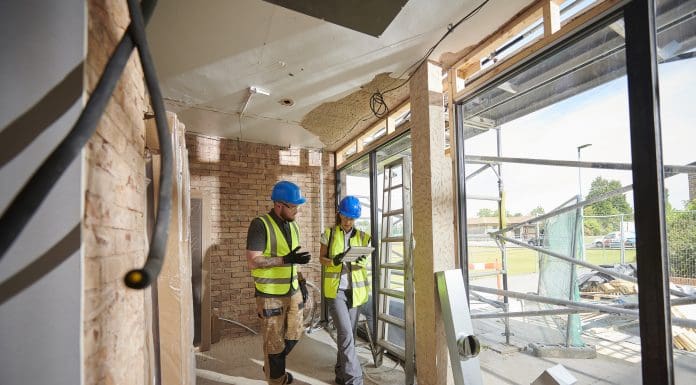
Evelyn Long, a recognised authority in the construction industry, discusses the largest factors holding back the UK’s construction industry
Talent is crucial for keeping industries thriving. The construction sector may face a dilemma in the near future due to the work culture that companies foster. While change is well on the way, there’s still more to do.
Working in the construction industry can be rewarding, as workers have the opportunity to connect with brilliant individuals and create the necessary infrastructure that improves the lives of many. However, underneath all those is a long list of stressors that have become the norm for many construction workers, such as demanding deadlines, long work hours, and physical exhaustion, to name a few.
What the talent pipeline is looking for
The UK’s youth have varying definitions of what a good workplace looks like. While compensation and benefits are still necessary, there are additional priorities. Individuals are seeking meaningful work that helps them grow both personally and professionally.
Young people also prioritise a friendly and inclusive workplace where they feel comfortable. Many share that the staff is a significant influential factor, but that employer attitudes are also inherently important. They want managers who genuinely care about their health and well-being, particularly in mental health and work-life balance.
Pitfalls of the current culture
The current construction culture doesn’t align well with the talent it currently employs. Here are the major weak variables that more companies need to recognise:
Lack of inclusivity
A traditional UK construction workplace is often male-dominated, with only 15% of workers in the industry being women. Ethnically diverse and disabled workers make up even a smaller portion at just 6% each. This lack of inclusivity and representation could deter new talent from even attempting to join.
Outdated training
Some professionals may feel like they’re thrust into operations without the proper training. Even if it was provided, it may have been subpar or outdated. It’s vital to teach the basics that affect health, safety and productivity. For example, wearing PPE and setting up equipment that could prevent falls from height, which still account for 38% of on-site deaths, and other mishaps.
Limited career progression
Construction culture offers career progression through starting apprenticeships, earning certifications, and eventually becoming a worker. Management roles are available, but they’re often reserved for those who have accumulated significant talent and experience. It is challenging for individuals to reach this level if they’re confined to a single role throughout their careers.
Negative perceptions
The construction sector used to be a competitive industry. Now, its business activity has slumped to 45.5 in August 2025. The lower volumes of new work have led to hiring freezes and no replacements for departing staff. As a result, workers need to take on more work than one individual is cut out to handle, risking burnout.
How to tackle these issues
While holding back construction companies and activities, and factors including the economy, national and international politics, and geopolitical tensions do not help the issue, these issues at home can be handled.
There are several measures that can be taken to begin tackling the aforementioned challenges, including:
Building a healthier industry
Minimise the impact of construction culture on the current talent pool by amplifying change. Here are ways to cultivate a more thriving industry.
Conduct more training sessions
Change the construction narrative about how people are oriented. By conducting training sessions and cultivating a culture of continuous learning. Human error is a significant contributor to downtime and costly accidents, so equipping them with the proper knowledge and habits can prevent mistakes or even mitigate risks moving forward.
Create a more welcoming workplace for all
A more communicative and supportive culture, fostered through mentorship, is already a vital step in making the workplace more welcoming and inclusive. However, it’s also critical to be intentional about recruitment and hiring processes. Include women and other minorities in the hiring process, and expand the company’s network.
Promote better career progression
Young workers seek career development. In addition to continuous learning, companies must establish clear career paths for each individual, whether that means expanding their skills or advancing up the career ladder. Lay out the key metrics that professionals need to reach a particular role and supplement them with the resources and support they need to grow.
Build more positive perceptions
Perceptions of construction are improving. For instance, a survey reveals that 65% of young people already have a positive outlook on careers in this field. In fact, 79% of parents are supportive of their own kin entering this field. Take advantage of this momentum by showing them they’re on the right path. Value employees and communicate your commitments to them.
Initiate cultural change
Changing traditional construction culture will take time. However, companies can be proactive in creating more welcoming workplaces and help close the skills gap. I would urge construction companies to be part of the shift.
The post Is the UK’s construction culture crushing the talent pipeline? appeared first on Planning, Building & Construction Today.

